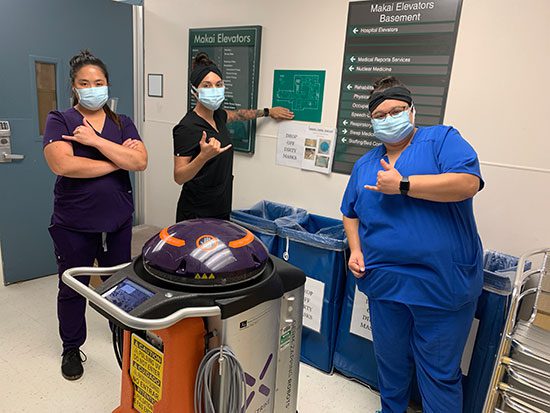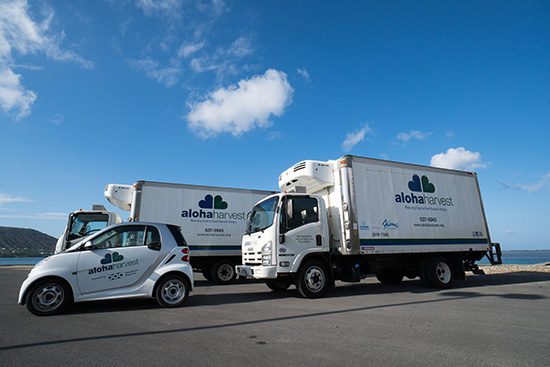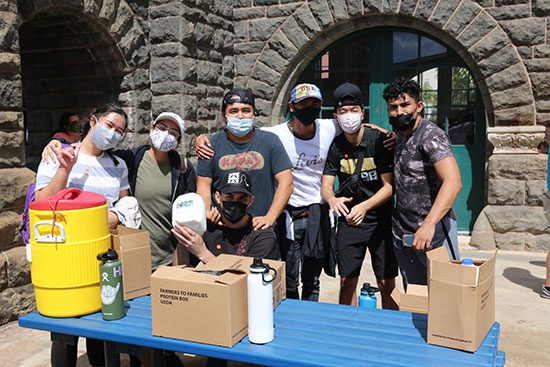
– Courtesy of Jessica Chardae Park
by Jessica Chardae Park, Special to Ka ‘Ohana
Editor’s note: The nurses who were interviewed in this story did not have the formal authority to speak on behalf of their facilities, and thus the names of the facilities where they work have been left out.
As the number of COVID-19 cases in Hawaiʻi continually rises, clinics and hospitals face a severe shortage of protective personal equipment (PPE), inducing a mix of emotions among nurses.
Melissa-Iris Lau, RN, who is a clinic team nurse, says “it’s highly anxiety-producing to think that at any moment in direct patient contact, my life could be at risk of contracting this virus and/or that I can spread this virus to others once I leave the facility.”
Hospital nurse Raymart Cortez, RN, feels “scared and terrified … and at times we are endangering our own safety to care for patients. I want to be able to continue to provide care, but not if that means endangering my own health.”
Many nurses believe that the U.S. should and could have been more prepared for the COVID-19 pandemic.
“I feel it’s absolutely unfortunate that our country, which is so industrialized, is so lacking in preparedness for pandemics and that includes having sufficient PPE and the ability to mass produce it more quickly,” Lau said.
Julio Zamarripa, RN, is a department manager at the facility where he works and said: “I just don’t understand that with the information provided to the World Health Organization and Centers for Disease Control and Prevention back in December 2019 why manufacturers did not produce more. My hope is that in the coming days and weeks more than enough will be produced to meet the current demand.”
The frustration and complaints of these local nurses might make people wonder how clinics and hospitals are managing their PPE shortage and if nurses have their own suggestions of how to better manage the shortage or if they are promoting ways to sustain PPE.
Lau says her facility is requiring staff to reuse masks up to three times by sanitizing them using UV light in between each shift. Her facility has also reduced the need for the use of PPE by cancelling any elective and non-urgent procedures.
Zamarripa says his facility is limiting its use of PPE by reducing the amount of patient interactions, particularly in its clinics. Cortez says his facility is limiting each nurse to one mask per shift. Hospital visitors are also no longer offered masks and are encouraged to bring their own when on hospital grounds.
In addition, these nurses are providing helpful tips regarding PPE. Both Lau and Zamarripa suggest more education on proper use and effectiveness of the different PPE available. Lau said that she often sees various individuals in the public as well as staff using PPE when it is not necessary or using it inappropriately.
Cortez corroborates the importance of using the proper PPE prior to performing patient care as well as the importance of properly donning and doffing PPE. He also stresses the need to perform proper hand hygiene.
Lau implores that healthcare facilities should invest in more reusable equipment such as powered air-purifying respirator (PAPR) helmets. Zamarripa urges people to stay home, which would lower the number of COVID-19 cases and reduce the need for PPE.





